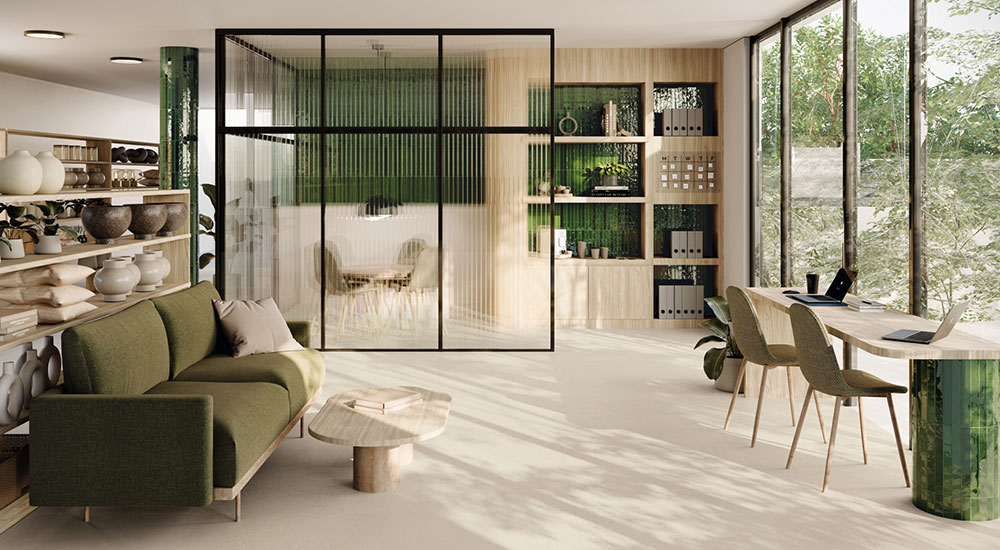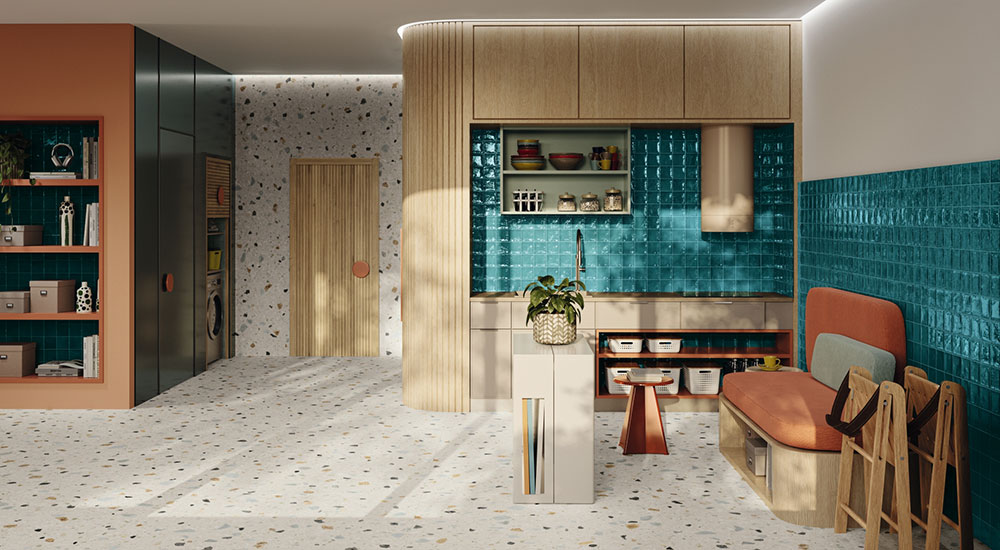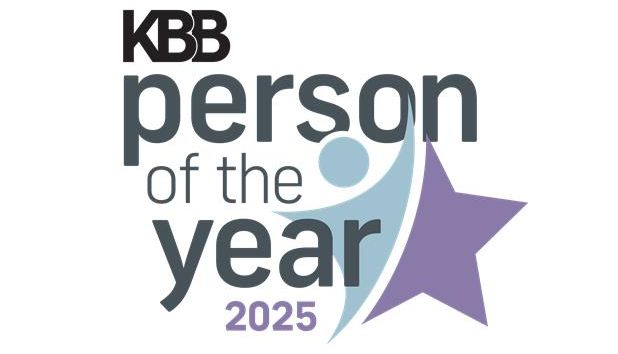According to the The New Habitat 26/27 report commissioned by APE Grupo, design professionals now place well-being above aesthetics or functionality, driving a far-reaching transformation across homes, offices, hotels and retail spaces.
The home of the future is no longer defined solely by how it looks or functions, but by its ability to respond to emerging social and environmental needs. Some 32% of professionals identify inclusivity and flexibility as the most important criteria when designing residential spaces.
In a world increasingly shaped by loneliness, uncertainty and emotional precarity, spatial design is no longer merely an aesthetic or functional matter—it is becoming a tool for care. In other words, interior design is moving beyond decoration to become a strategic discipline with a direct impact on health, sustainability and economic development.
This is evident in the fact that more than 74% of architecture and interior design professionals believe that design enhances people’s well-being. As such, physical and mental well-being is consolidating its position as the leading priority in space design, taking precedence over functionality and aesthetics.
Functionality, in this new context, takes on a broader meaning: it is no longer just about optimizing space, but about creating environments that can adapt to different life rhythms, emotional states and individual needs. It now ranks as the second most important priority among design professionals, just after well-being.
In third place is project profitability—reflecting a shift in the industry mindset. Today, creating value also means fostering connections. Sustainability remains a key pillar in spatial design, but with a more pragmatic perspective. Far from idealistic approaches, professionals are now applying technical and measurable criteria, embedding sustainability as a structural component of their projects.
More than half of respondents (54.2%) believe sustainability will be a critical factor in the short term, and clients are willing to accept an average budget increase of 24.4% in pursuit of more sustainable solutions.
Additionally, overall investment in design is projected to grow by 18.3% during the next year, painting an optimistic and conscious outlook — greater ambition, but also greater responsibility.
These are among the key findings of the fifth edition of “The New Habitat 26/27: How the spaces we inhabit are evolving,” presented by APE Grupo, a company specializing in ceramic design. The report was developed in collaboration with Futurea, a trends research lab, and with the support of the General Council of Official Associations of Interior Designers and Decorators of Spain, the Official College of Architects of Madrid (COAM), the international organisation Women in Office Design (WOD), Bernardí, and the Fundació del Disseny de la Comunitat Valenciana.
In addition to research conducted by Futurea, the study features insights from 10 international experts and includes the views of 360 professionals working in interior design, architecture, space planning and construction across Spain, based on a sector-wide survey conducted between February and March 2025.

José Miguel Pellicer, CEO of APE Grupo, emphasises that the report reflects the company’s commitment to the design ecosystem—not only through the creation of ceramics, but also by generating knowledge.
“The New Habitat is not just a compilation of trends; it’s a practical tool for those who see design as a cultural, economic and ethical decision,” he said. “Because every design choice leaves a trace—and as designers, we know that trace can be superficial or profound.”
Homes: the domestic space as a multifunctional hub
The home is no longer simply a place for rest—it has become the centre of everyday life, encompassing work, leisure and well-being. In a context of economic and social uncertainty more people are choosing to invest in their domestic environment to enjoy high-quality experiences at home.
This trend is driving the design of multifunctional, personalized and comfortable spaces that adapt to new routines and needs. Indeed, 32% of professionals who took part in the study identify inclusivity and flexibility as the most important criteria when designing residential spaces.
Living alone is a growing global trend, driven by demographic and cultural shifts such as an aging population and a growing desire for independence. By 2030, 1 in 6 people worldwide will be over the age of 60, increasing demand for flexible one-person homes.
In parallel, new forms of cohabitation, such as Living Apart Together (LAT), are on the rise, with 25% more couples maintaining stable relationships while living in separate homes. These changes call for more versatile and practical housing solutions, including multifunctional furniture and adaptable layouts.
As a result, investment in residential design is expected to rise by nearly 16% in the coming year. Sustainability remains one of the main priorities, with design budgets forecast to increase by 20% in order to incorporate sustainable criteria in housing projects—a figure closely aligned with last year’s 21%, according to APE Grupo’s research.
At the same time, the past year has seen a series of extreme weather events, including the wildfire that destroyed hundreds of homes in Hollywood Hills, a major storm system in Valencia and even a nationwide power outage. In light of this, a new approach to design and construction is urgently needed—one that focuses on creating resilient homes and infrastructures capable of withstanding and recovering from natural disasters. Survival architecture goes beyond erecting buildings — it is about designing spaces that actively respond to the challenges of climate change through adaptive materials and structures.
Methodology
This study was conducted using a mixed qualitative and quantitative methodology. It included international trend research based on cool hunting techniques, as well as meetings with a panel of expert professionals in interior design, architecture, and spatial management and creation. In parallel, a national survey was conducted in Spain among experts in interior design, architecture, and the construction and management of spaces.
A total of 360 responses were collected in February and March 2025. Among the respondents, 62.3% work in residential projects, 56.3% specialize in office design, nearly 47% focus on retail projects and 37.9% are involved in hotel design.









